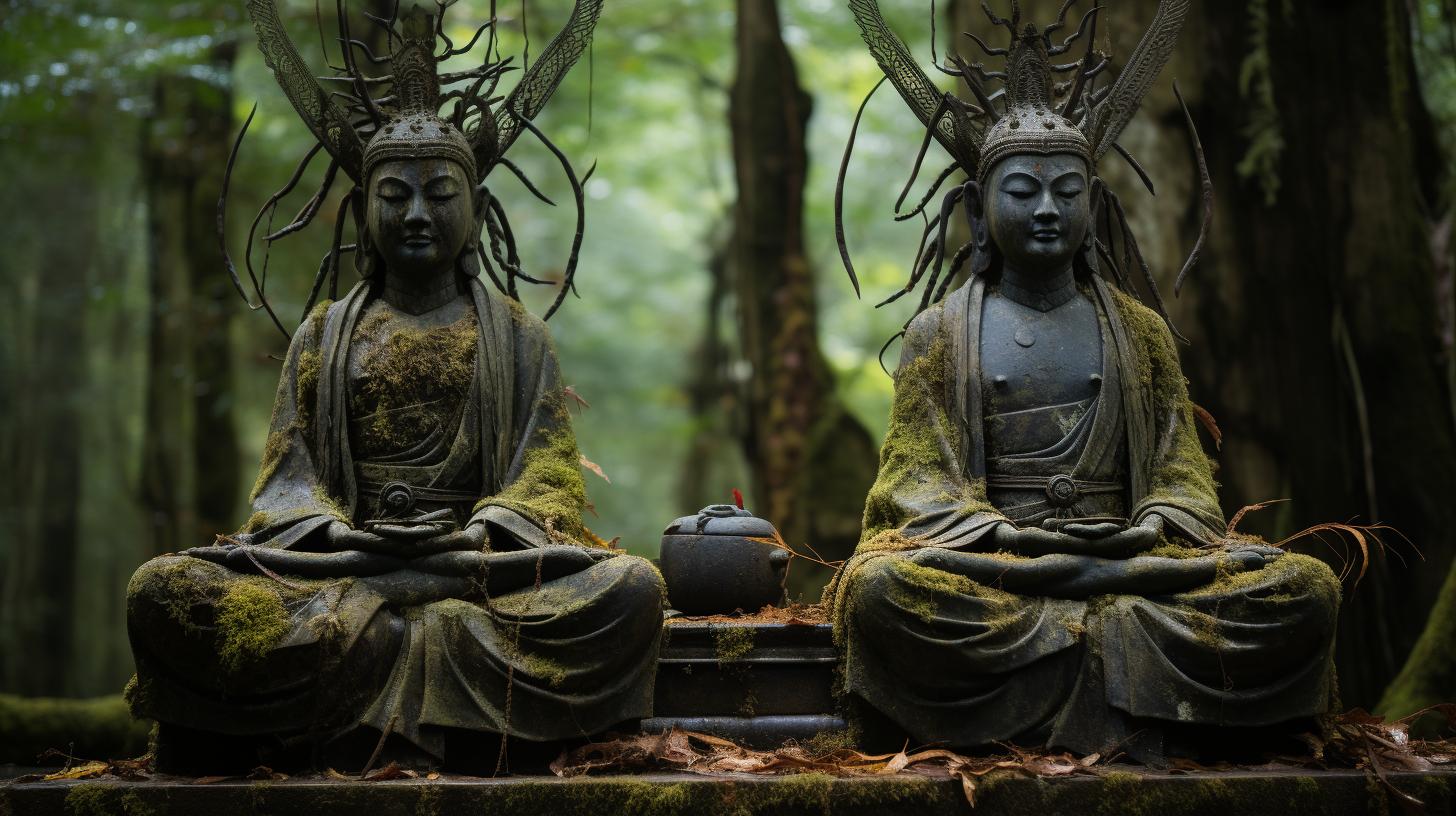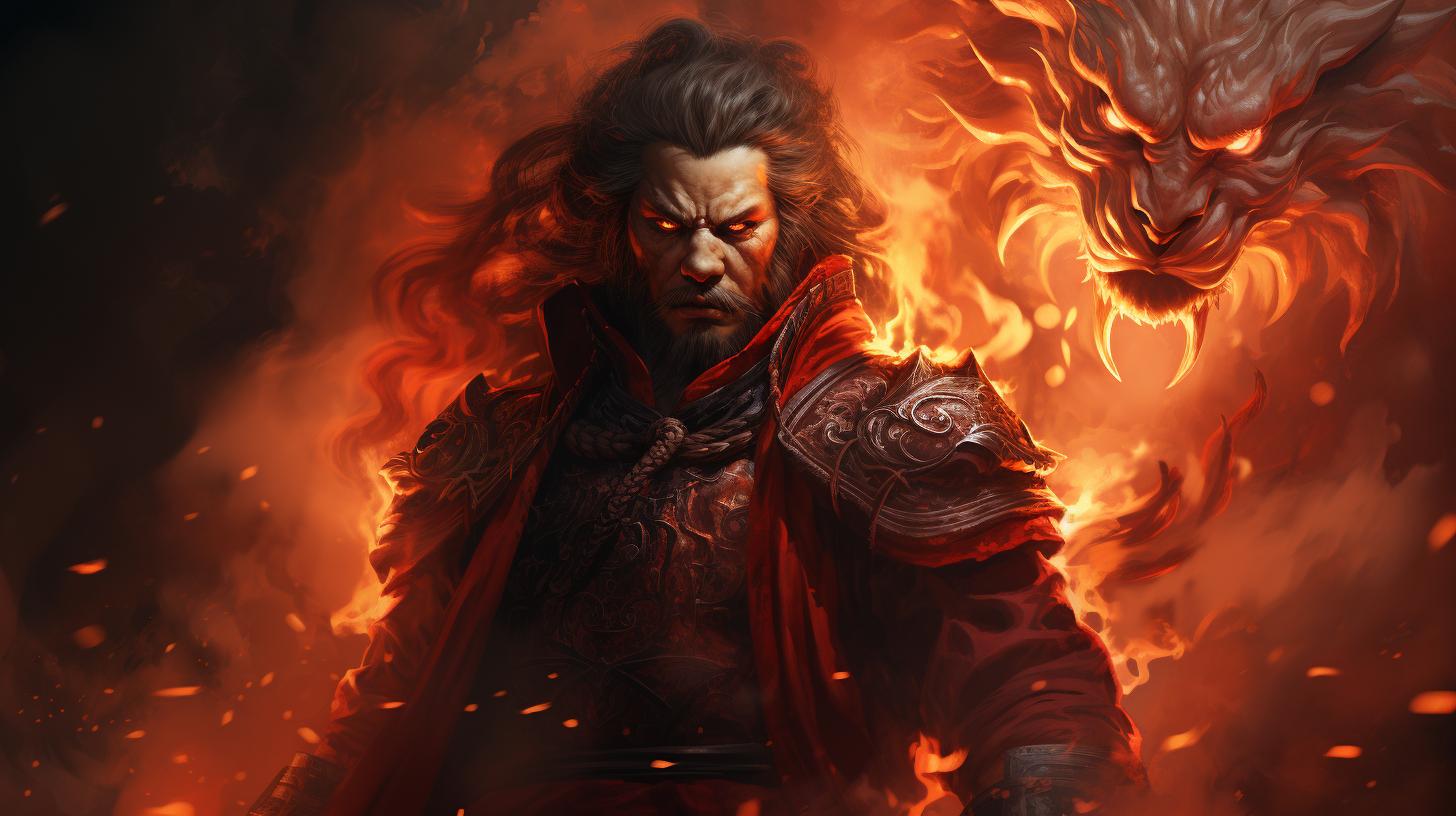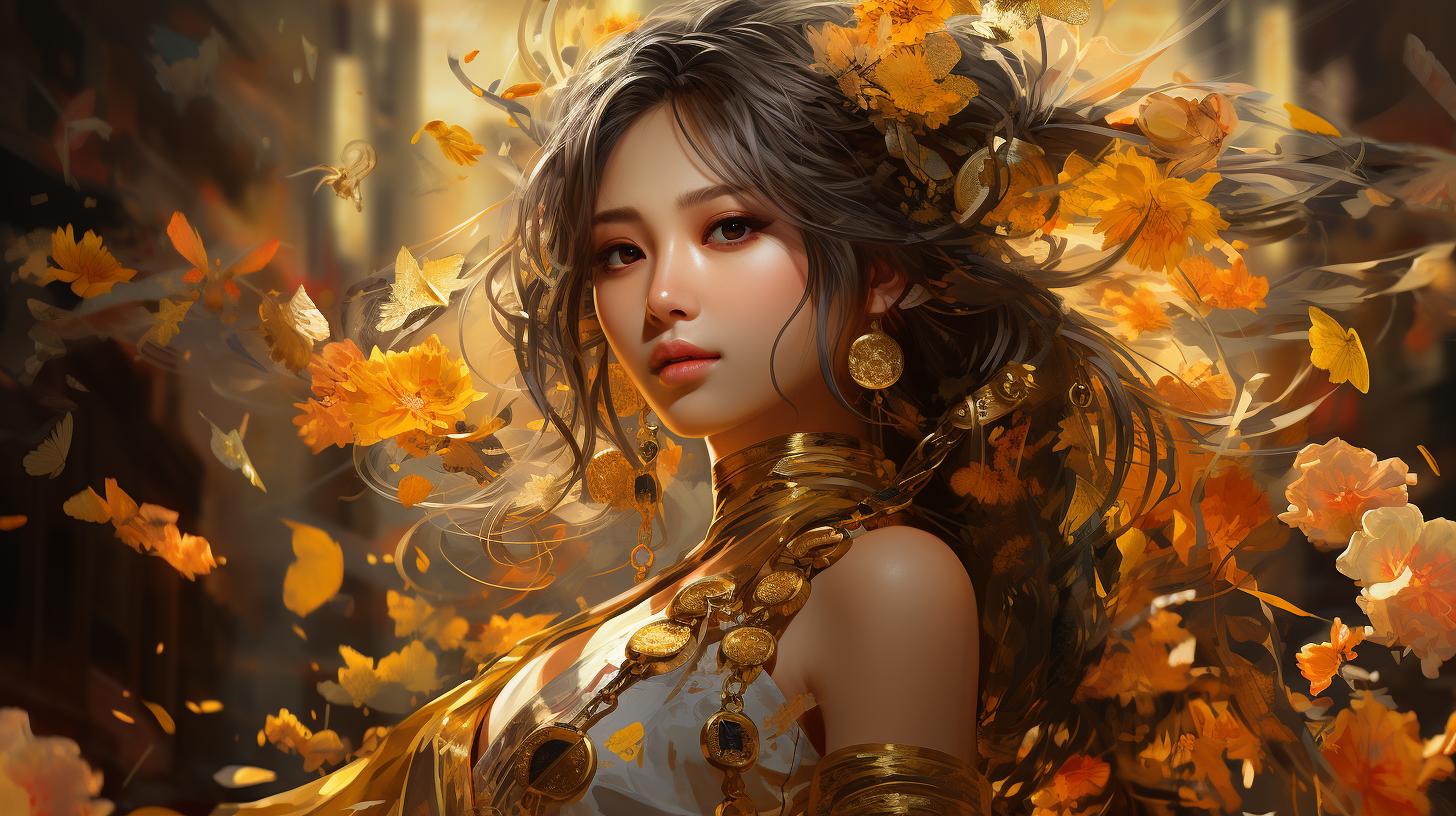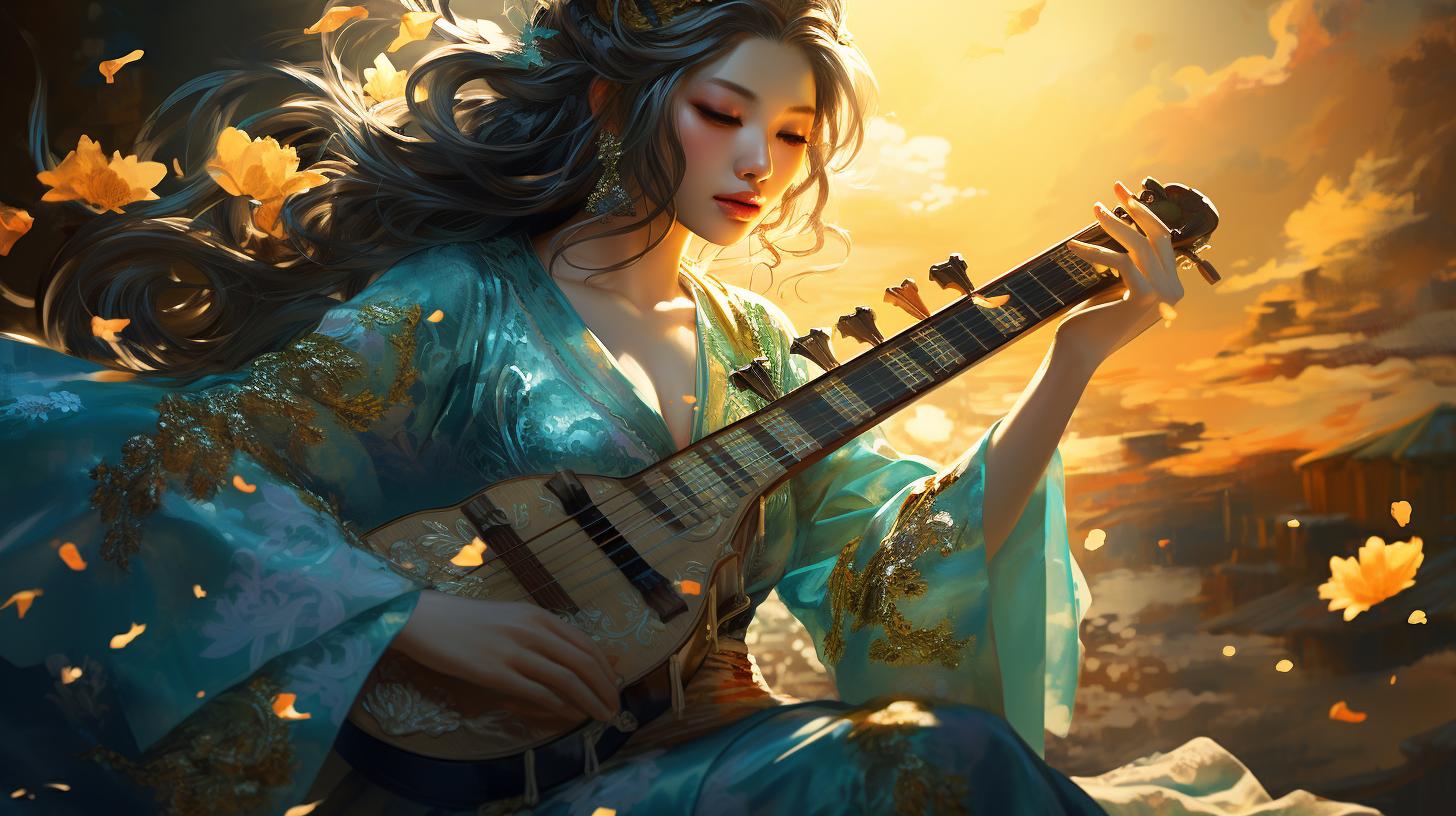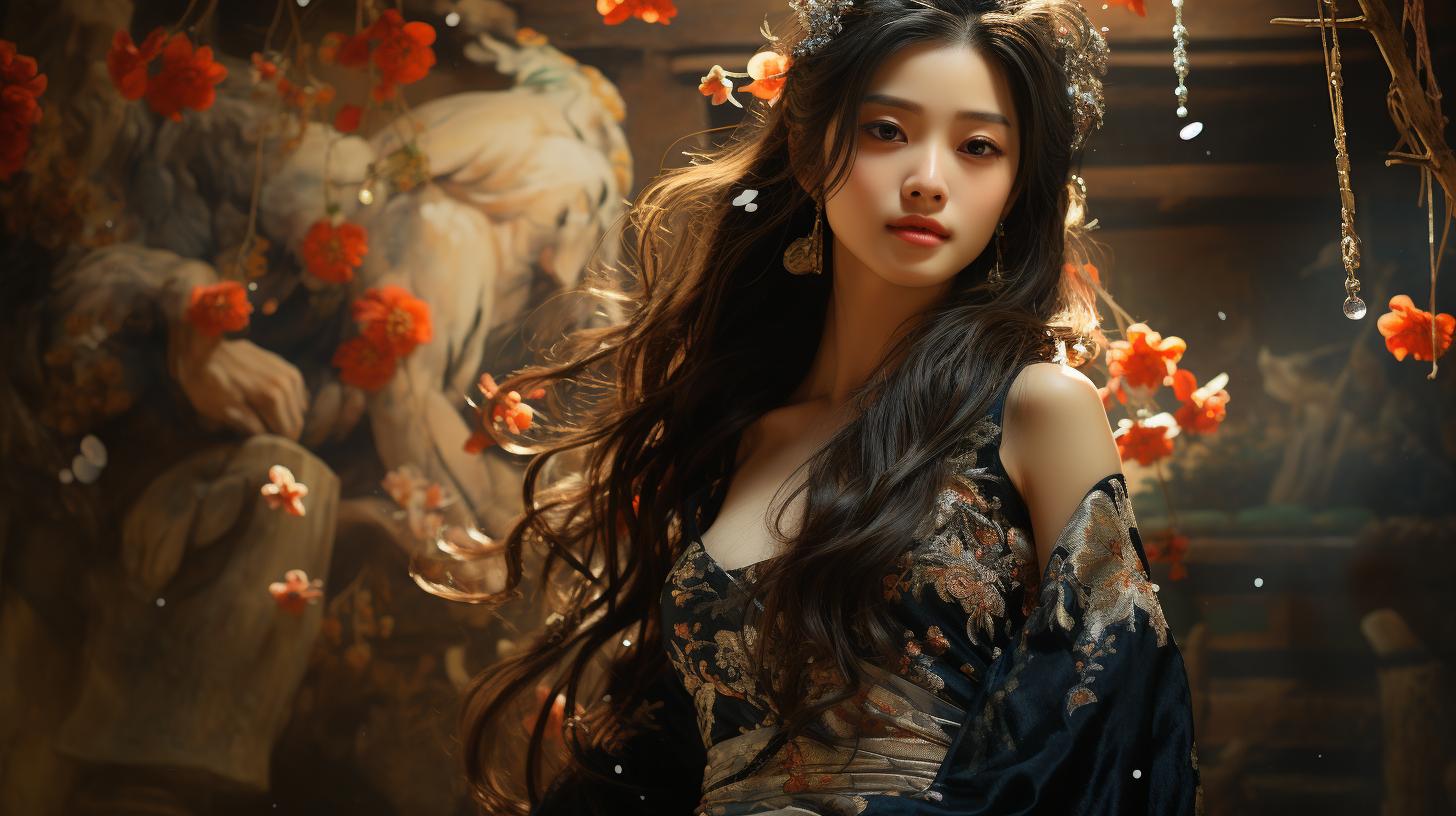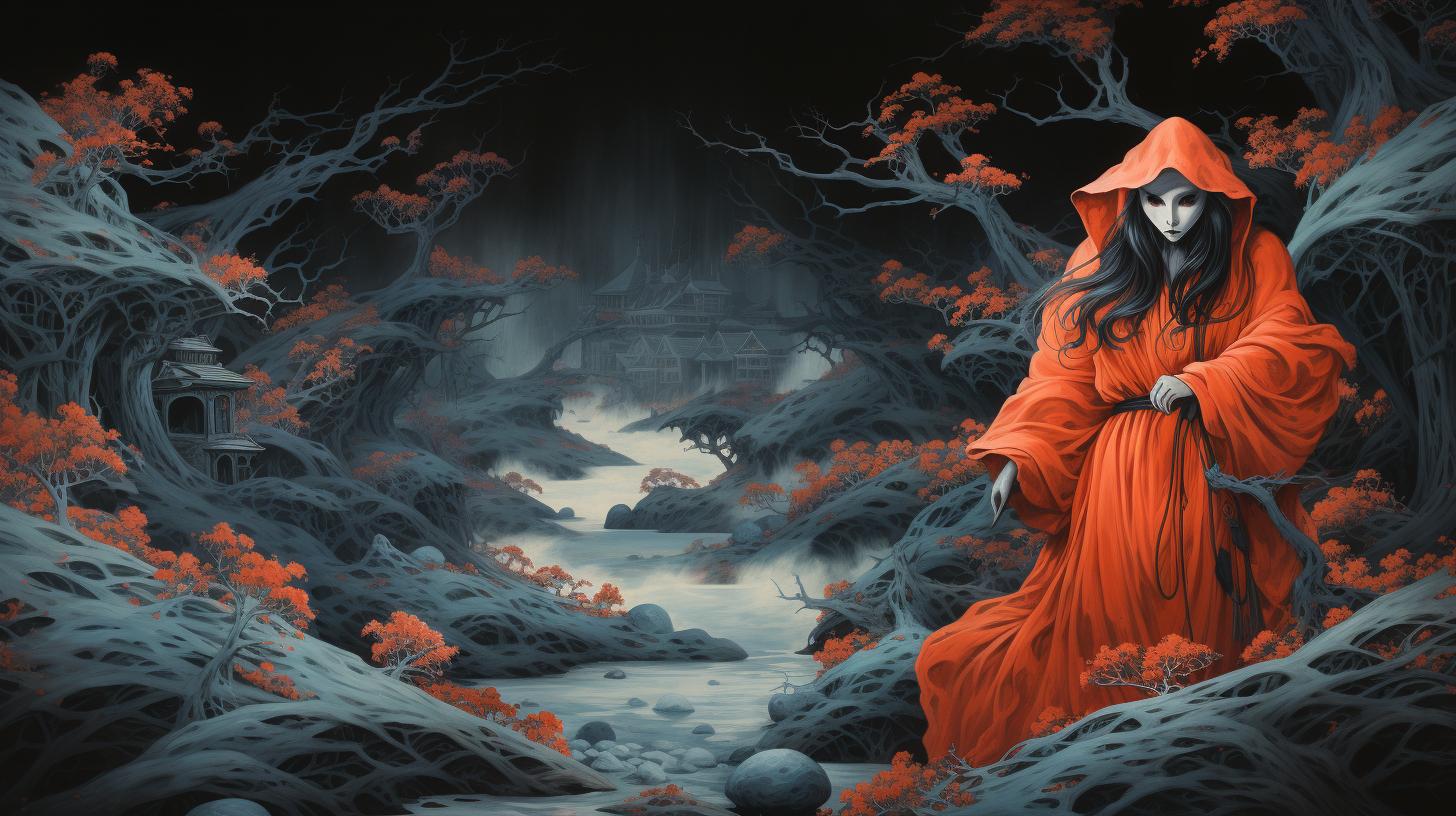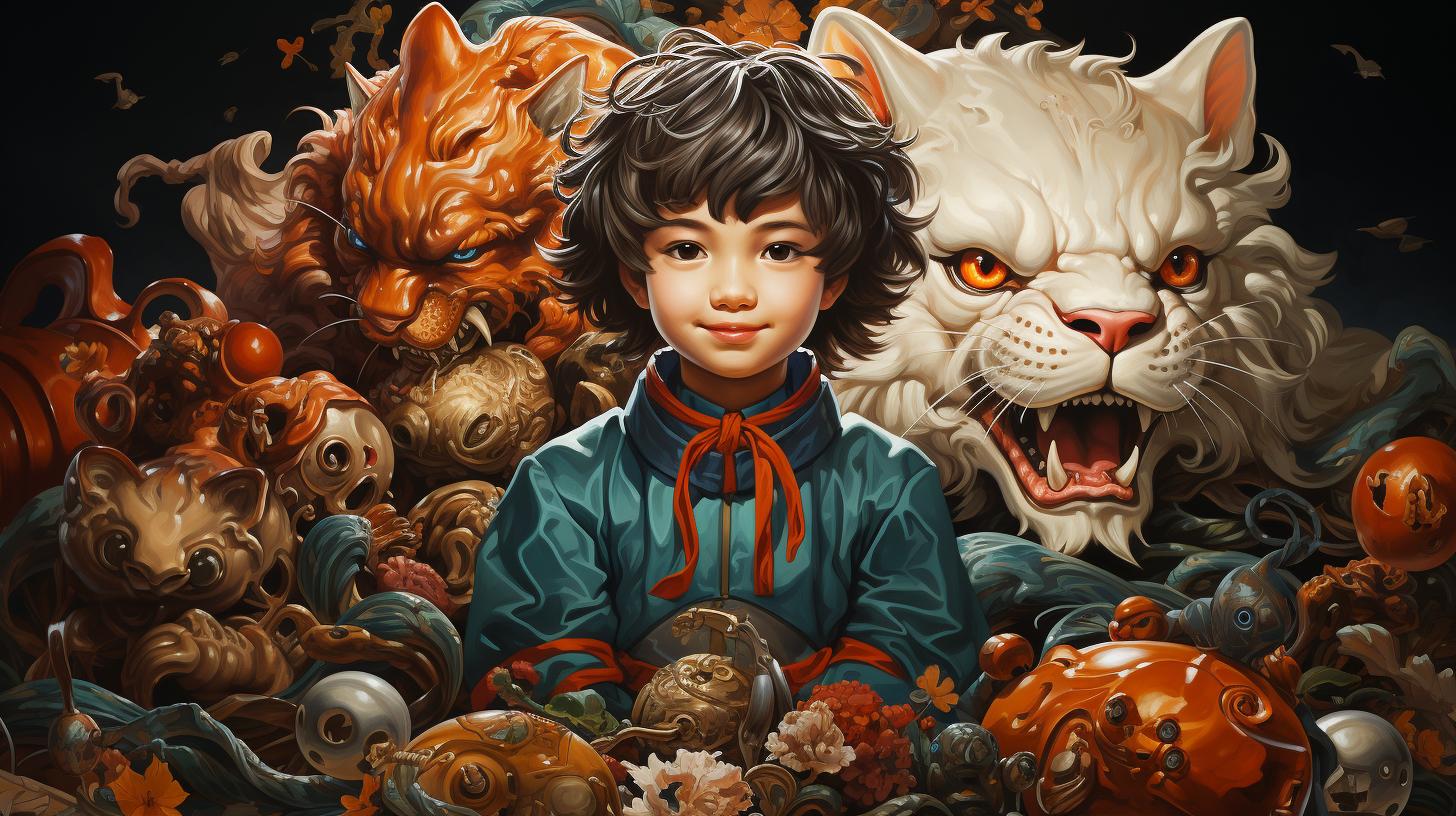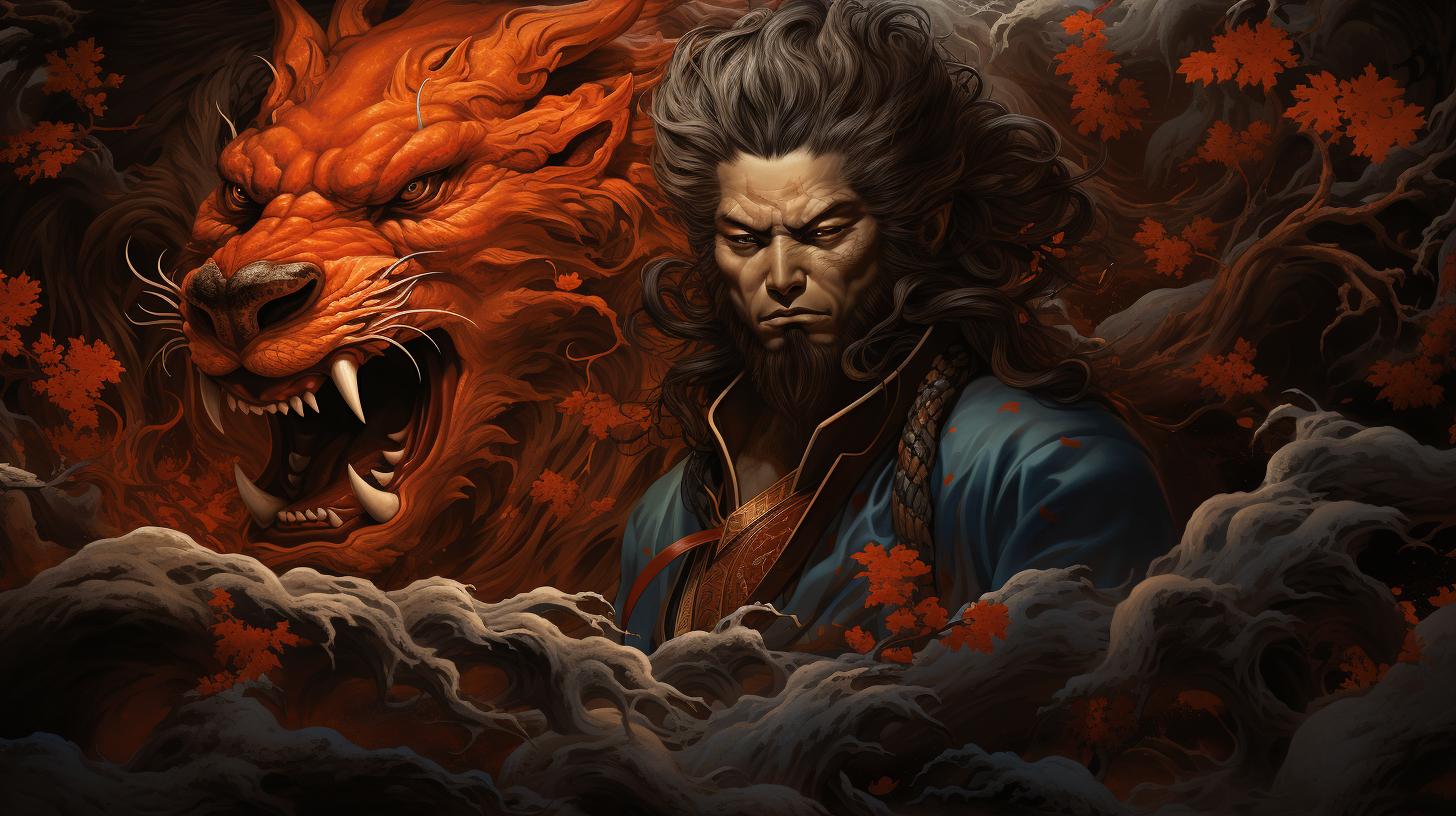Agyo and Ungyo: The Symbolic Guardians of Japanese Buddhist Temples

Agyo and Ungyo are the iconic guardians of Japanese Buddhist temples. They are two Nio statues, always presented in pairs, with one mouth open and the other closed, symbolizing the beginning and end in the Japanese mythology.
Their function is to protect the temples of evil spirits and thieves. They can vary in style from highly skilled artisans to popular craftspeople. Learn more about the history and function of these fascinating statues.
The Form and Function of Nio
Agyo and Ungyo are paired Nio statues that are an iconic feature of Japanese Buddhist temples. These guardians signify the entrance to a temple and provide protection against evil spirits and thieves.
In this section, we will explore the materials and design of Nio statues, the symbolic meaning of Agyo and Ungyo, and the role of Nio in Japanese Buddhist temples.
Nio Statues: Materials and Design
Most Nio statues are made from wood, but some are also made from stone. The choice of materials depends on the size of the statue and the historical period in which it was made.
The wood used for Nio statues is usually Japanese cypress or paulownia wood, and the stones are usually granite or basalt. The statues are often painted in bright colors.
The design of Nio statues is highly stylized, with Agyo and Ungyo having distinct features. Agyo has his mouth open to symbolize the first sound ‘a’ in the Japanese language, and Ungyo has his mouth closed to represent the final ‘um’ sound.
These statues typically stand over six feet tall and are carved with great attention to detail. The facial expressions of Agyo and Ungyo are menacing, with bulging eyes, wide nostrils, and prominent teeth.
The Symbolic Meaning of Agyo and Ungyo
Agyo and Ungyo are said to represent the alpha and omega of all things. Agyo symbolizes birth, the beginning of a journey, and the moment when one sets out to accomplish a goal.
On the other hand, Ungyo represents death, the end of a journey, and the culmination of one’s achievements. Together, they symbolize the cycle of life and death, as well as the balance between yin and yang.
The Role of Nio in Japanese Buddhist Temples
The main function of Nio is to protect the temple and the Buddha statue that resides within it from evil forces. The mere presence of Nio statues, particularly the fierce facial expressions, serves as a deterrent to malicious entities.
Nio statues are typically placed at the entrance to a temple, which is where most visitors enter. Nio’s fierce appearance sends a message that only those with pure hearts will be allowed to enter the temple.
Within the temples, Nio has other roles as well. They are believed to act as guards, protecting the Buddha and his teachings. Nio also has the responsibility of guiding the spirits of the deceased to the Buddhist Pure Land, where they will be reborn.
Conclusion
In summary, Nio statues are important features of Japanese Buddhist temples and serve a critical role in protecting the temple and its visitors. Made of wood or stone, Nio statues are carved with great attention to detail and are painted in bright colors.
Agyo and Ungyo have distinct features that represent the alpha and omega of all things. Together, they symbolize the cycle of life and death. Within the temple, Nio serves as a protector, a guide, and a guard of the Buddha and his teachings.
Nio Pairs
Always Together: The Importance of Nio Pairs
The Nio guardians, Agyo and Ungyo, are always presented together as a pair and are an essential feature of Japanese Buddhist temples. They are placed at the temple gates or within the temple buildings themselves.
The fact that the statues are always presented in pairs is a testament to their important role in Japanese religious customs and the significance of balance in traditional Japanese culture.
The Differences between Agyo and Ungyo
While Agyo and Ungyo are always presented in pairs, they have some notable differences. Agyo has an open mouth and is said to represent the first letter of the Sanskrit alphabet, “a” (as in “ahh”), which signifies birth and beginnings.
On the other hand, Ungyo has a closed mouth and represents the final letter of the Sanskrit alphabet, “um” (as in “hmm”), which signifies death and endings. The differences between the two statues represent the dualistic nature of the universe and highlight the importance of balance in life.
Symbols in Nio Statues
- Agyo with his open mouth represents birth and beginnings
- Ungyo with his closed mouth represents death and endings
- Their fierce expressions symbolize their ability to fend off evil spirits and protect the temple
- Agyo’s sword represents cutting through ignorance, while Ungyo’s vajra or thunderbolt staff symbolizes indestructibility
The Symbiotic Relationship between Agyo and Ungyo
Nio guardians are valued in Japanese culture for the balance they bring, not only to the universe but also to each other.
The symbiotic relationship between Agyo and Ungyo is a perfect example of this harmony. While Agyo represents birth and beginnings, Ungyo represents death and endings. This symbolizes the cyclical nature of life.
Agyo’s fierce facial expression is designed to scare away evil spirits, while Ungyo’s facial expression symbolizes a silent watch. Together, Agyo and Ungyo represent the eternal cycle of life, death and rebirth.
Overall, Nio guardians are a fascinating aspect of Japanese culture and their meaning and symbolism remain significant to this day. By understanding the importance of Nio pairs, their differences, and their symbiotic relationship, we can gain a deeper appreciation for Japanese Buddhist temples and their culture.
Nio History
Understanding the history of Nio is key to appreciating their importance in Japanese Buddhist temples. This section offers a comprehensive overview of the evolution of Nio, their significance in Japanese art and their journey through time.
The Origin of Nio and its Evolution
The Nio originated from Hinduism, where they were known as gatekeepers or dwarapala. When Buddhism arrived in China, the dwarapala became the powerful Niō, two fierce and muscular guardians of the Buddha.
The Nio were introduced to Japan during the 8th century, and it was during this time that their form began to evolve.
- The original Nio were fierce and menacing in appearance, with exaggerated facial features and clothing.
- During the Heian period (794-1185), Nio began to be depicted in a more realistic manner, with more subdued facial expressions and clothing.
- During the Kamakura period (1185-1333), the Nio began to take on a more stylized appearance, becoming more symmetrical and balanced.
- During the Muromachi period (1336-1573), Nio were depicted in more restrained poses, reflecting the aesthetic values of the time.
- During the Edo period (1603-1868), Nio statues became more accessible to the masses, leading to a wide variety of styles and craftsmanship.
Nio in Japan: From China to Kamakura
During the 8th century, Nio were introduced to Japan through the Buddhist teachings of China.
The Nio were enhanced by Kukai, a Japanese monk who visited China and brought back images and teachings that influenced the development of the Japanese Buddhist religion. Japan’s first Nio statues were created around this time and were eventually enshrined in the Todai-ji temple in Nara, one of the oldest temples in Japan.
During the Kamakura period, Nio became a symbol of the samurai, the warrior class that rose to prominence in Japan. As the samurai gained power, they began to commission the construction of Nio statues to protect their own interests.
The trend continued until the Muromachi period.
The Significance of Nio in Japanese Art
Nio are not just protectors of Japanese Buddhist temples; they also play an important role in Japanese art. Nio statues are often crafted by highly skilled artisans and are considered to be a medium for expressing spiritual devotion.
Nio statues can be found not only in Japanese Buddhist temples but also in gardens and private homes. They are also depicted in various forms of art, such as paintings, prints, and sculpture.
Conclusion
The history of Nio is a fascinating journey through time that reflects the evolution of Japanese Buddhist temples, art, and society. Understanding Nio’s origin, their journey through time, and their role in Japanese art can provide valuable insights into Japan’s rich cultural heritage.
Nio Gates
Nio Gates, also known as Niomon, are the gateways to Japanese Buddhist temples and are often the first sight to greet visitors. These gates are guarded by a pair of Nio statues that protect the temple from evil spirits and thieves.
In this section, we will explore the role of Nio Gates in Japanese temples, the different types of gates, and their historical significance.
What are Nio Gates and Where to Find Them
Nio Gates are gateways to Japanese Buddhist temples that are guarded by a pair of Nio statues. They are usually the first gate visitors will see when approaching the temple. Nio Gates are often located at the entrance to the temple, but can also be found at the entrances to temple precincts and along paths leading to the temple.
Some of the most famous Nio Gates can be found at Tōdai-ji in Nara and Shitenno-ji Temple in Tennoji.
The Role of Nio Gates in Japanese Temples
Nio Gates play an important role in Japanese temples and their symbolism is rich in meaning. The pair of Nio statues that guard the gates are often seen as protectors of the temple and its teachings.
The gates themselves serve as a representation of the separation between the material world and the spiritual world, with the pair of Nio statues acting as guardians between the two.
Types of Nio Gates and Their Historical Significance
- Chinjusha – These gates are often seen at smaller shrines that are sometimes located within the precincts of larger temples. They are characterized by their thatched roofs and open design.
- Karamon – These gates have a decorative arched roof and are often found in the entrances to the most important buildings within the temple precincts.
- Nijubashi – These gates consist of two bridges that lead to the entrance of the temple.
They are characterized by their unique design and are used to create a dramatic entrance to the temple.
- Romongi – These gates are characterized by a distinctive curved roof and are often found in smaller temples or in the secondary entrances of larger temples.
The different types of Nio Gates have their own unique history and add to the rich tapestry of Japanese architecture.
From the thatched roof style of the Chinjusha gate to the elaborate design of the Nijubashi gate, each type of gate has its own character and significance.
In conclusion, Nio Gates are an important part of Japanese Buddhist temples and their symbolism and history are important aspects of Japanese culture. With their impressive design and the iconic Nio statues guarding their entrance, Nio Gates are a must-see for those interested in Japanese architecture and culture.
Nio in Popular Culture
Throughout the years, the Nio statues have become an important part of Japanese popular culture. They are present in numerous forms of media, such as video games, movies, and television shows.
Below are some examples of how Nio has been featured in different aspects of Japanese popular culture.
Nio in Shinto and Japanese Folklore
It is common to find depictions of Nio in Shinto shrines and Japanese folklore. In ancient Japanese legends, Nio are believed to be protectors of holy places and are known for their fierce appearance.
They are often depicted as powerful warriors who can defeat evil spirits with their strength and bravery. Some stories even suggest that Nio have supernatural abilities that allow them to control the weather and control the elements.
Nio in Video Games: The Case of Nioh 2
Nioh 2 is a video game that draws heavily on Japanese history and culture. One of the game’s main features is the use of ‘Agyo and Ungyo Points’ to improve the character’s statistics.
Players can earn these points by completing various tasks and achievements throughout the game. Additionally, the game features Nio as important elements in the narrative and allows players to interact with them in various ways.
Modern Interpretations of Nio in Art and Fashion
Nio has inspired many artists and designers in the fashion and art worlds. Some modern interpretations of Nio include sculptures, paintings, and even clothing designs. Artists are often drawn to the fierce and imposing appearance of Nio, which makes them a compelling subject for creative expression.
In conclusion,
Nio statues have become significant cultural symbols in Japan for their strong protective nature. They have appeared in various forms of media such as video games, art, and fashion. These creative expressions of Nio have allowed people to explore their power and significance in Japanese culture, keeping alive their memory and legend.
…

